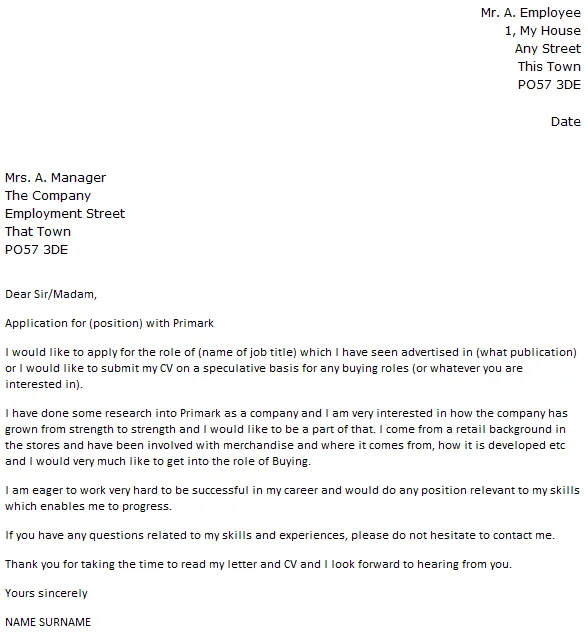In the world of job applications, the cover letter serves as your first introduction to a potential employer, and it’s a crucial one. It’s your chance to make a strong first impression, highlighting your skills, experience, and enthusiasm for the position. One of the most common dilemmas job seekers face is how to address their cover letter, particularly when the hiring manager’s name is unknown. This article offers guidance on how to navigate the nuances of the ‘Sir or Madam’ salutation, ensuring your cover letter is both professional and effective. We will explore when this salutation is appropriate, when to avoid it, and offer alternatives that can significantly improve your chances of getting noticed. Writing a compelling cover letter can be the difference between landing an interview or your application being overlooked. Let’s learn how to write one that stands out!
Understanding the ‘Sir or Madam’ Dilemma
The use of ‘Sir or Madam’ in a cover letter is a topic often debated among career experts and job seekers. It’s a traditional salutation, but its effectiveness in today’s professional landscape is often questioned. The primary purpose of a cover letter is to capture the hiring manager’s attention, and addressing it incorrectly can diminish your chances of success. It is very important to understand when using ‘Sir or Madam’ is appropriate and when it is best avoided. This section of the article aims to provide a clear understanding of the context in which ‘Sir or Madam’ is acceptable and the situations where it’s better to explore alternative approaches. Making the right choice on your cover letter salutation will show your attention to detail and professionalism, giving you a leg up on your job search.
When to Use ‘Sir or Madam’
There are specific scenarios where using ‘Sir or Madam’ is acceptable, particularly when you are unable to find the name of the hiring manager. This typically happens when you are responding to a job posting that doesn’t provide a contact person, or if the company is large and you are unsure who will be reading your application. When you’re unsure of the recipient’s name, ‘Sir or Madam’ acts as a safe and polite option. However, remember it should be a last resort, not the first choice. The goal should always be to find a name, as personalized greetings are more effective.
Situations Where It’s Appropriate
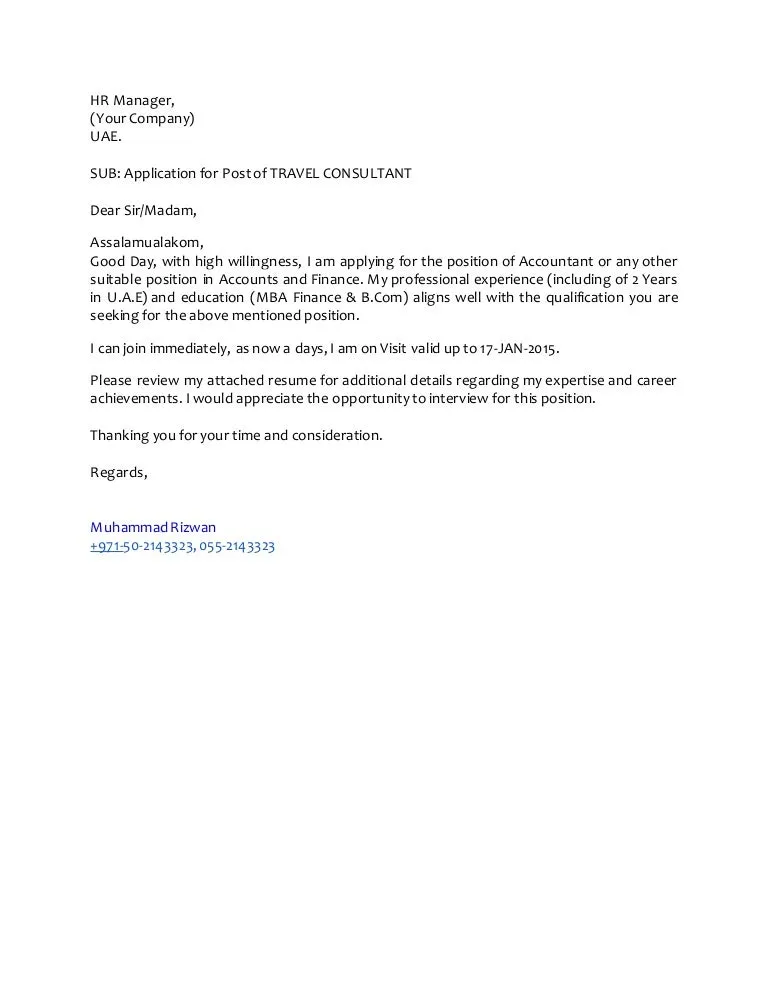
In large organizations with many departments, finding the name of the specific hiring manager can be tricky. You might be applying for a general position without a designated contact. In such cases, ‘Sir or Madam’ is a perfectly acceptable choice. Responding to job postings on online platforms that don’t provide a specific name or contact person is another situation where this greeting can be used. Be sure to do your research on the company to see if you can discover a name.
Scenarios to Avoid ‘Sir or Madam’
Avoid using ‘Sir or Madam’ if the name of the hiring manager or recruiter is readily available, either on the job posting, the company website, or through a LinkedIn search. If you can easily find a name, always personalize your salutation. Using ‘Sir or Madam’ when a name is available suggests a lack of attention to detail and a lack of effort on your part. It’s a sign that you haven’t done your research, which can send the wrong message to the hiring team. Also, avoid using it in situations where you have interacted with someone from the company already, such as after a phone call or networking event. Always try to personalize your greeting, whenever possible.
Crafting the Perfect Opening
Regardless of the salutation, the opening paragraph is critical. This paragraph introduces you, states the purpose of the letter, and often mentions where you saw the job posting. It sets the tone for your entire cover letter, so ensure it’s clear, concise, and engaging. Avoid generic openings that fail to capture the reader’s attention. Tailor your opening to the specific job and company, and make sure to show that you’ve researched the role and company.
Why a Strong Opening Matters
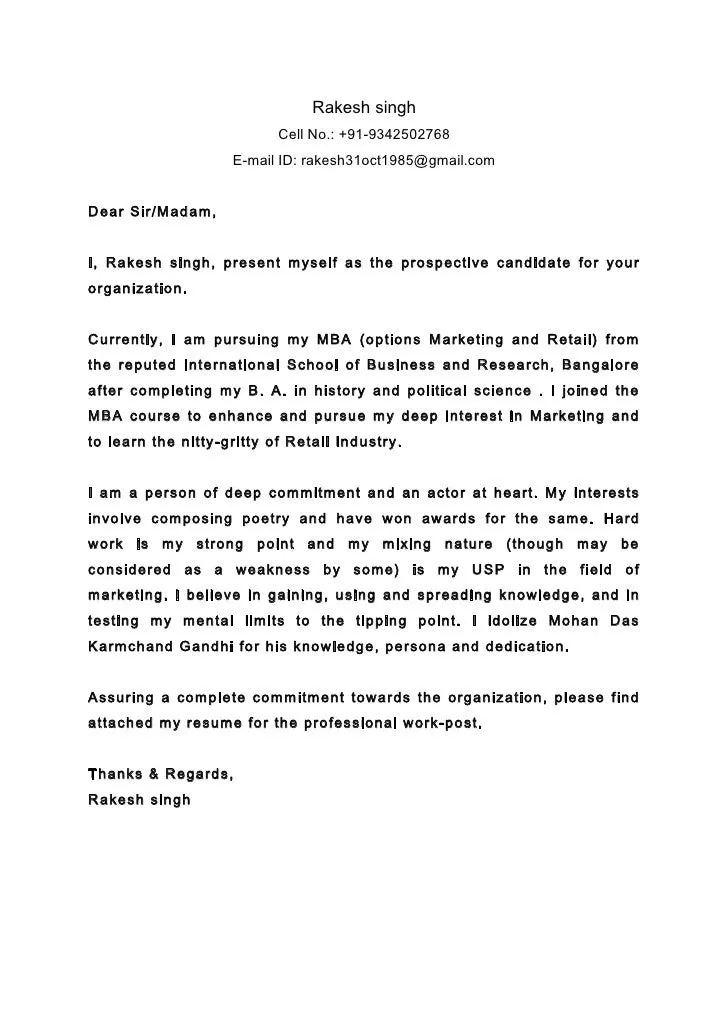
The opening paragraph sets the tone and grabs the reader’s attention. It is your chance to make a strong first impression. A well-crafted opening indicates professionalism and your level of interest in the position. It can also help you stand out from the crowd. A weak or generic opening can lead to your cover letter being overlooked. Make your opening compelling and informative, and you’ll get a step ahead of the competition.
Alternatives to ‘Sir or Madam’
If you can’t find a specific name, consider alternatives to ‘Sir or Madam’. These can make your letter more engaging and personal. Use ‘Dear Hiring Manager’ as a professional alternative, indicating that you have acknowledged that you don’t have a specific name. You could also use the job title, such as ‘Dear Marketing Team’ or ‘Dear Recruitment Department’. These alternatives show that you’ve made an effort to find a contact, even if you were unable to. In more informal situations, you can use ‘Dear Team’ or ‘To Whom It May Concern,’ but these are less engaging and should be used cautiously.
Highlighting Your Skills and Experience
Once you have the salutation, the body of your cover letter should focus on highlighting your skills, experience, and achievements. It’s your chance to showcase why you’re the perfect fit for the job. Be sure to match the skills and experiences needed in the job description to your background. Provide specific examples that demonstrate how you meet the job’s requirements. This section of your cover letter is where you show the hiring team what you can bring to the table, illustrating how your skills and experience align with the company’s needs.
Tailoring Your Cover Letter
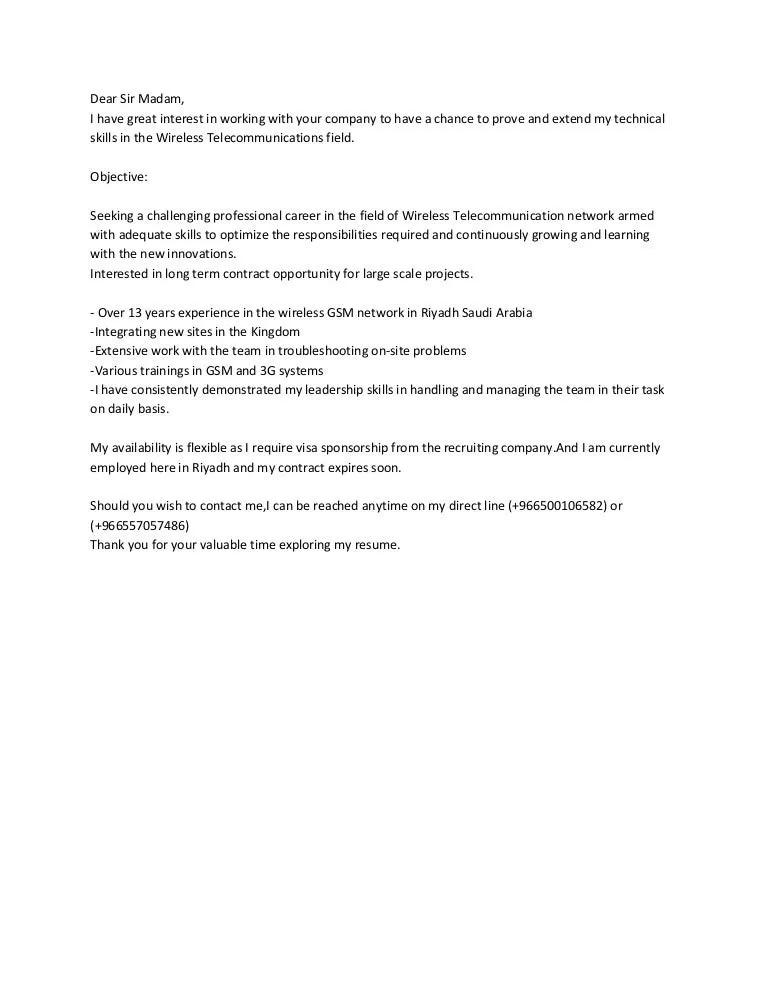
Every cover letter should be customized for the specific job and company. Avoid using a generic template. Research the company and understand its values, mission, and culture. Review the job description and match your skills and experiences to the requirements. Use keywords from the job description throughout your letter. Showing that you have customized your letter demonstrates your interest in the position and your willingness to go the extra mile.
Key Skills to Showcase
Identify and highlight the key skills relevant to the job. Refer to the job description to identify the most important skills. Provide examples of how you’ve used those skills in previous roles. Focus on both hard and soft skills. Hard skills might include technical abilities, while soft skills include communication, teamwork, and problem-solving. Quantify your achievements whenever possible. Use action verbs and concise descriptions to showcase your skills effectively.
Quantifying Your Achievements
Provide concrete examples of your accomplishments. Use numbers and data to demonstrate the impact of your work. Instead of saying ‘Improved sales,’ say ‘Increased sales by 15% in six months.’ This adds credibility and helps the hiring manager visualize your contributions. Use the STAR method (Situation, Task, Action, Result) to structure your examples and make them more compelling. The STAR method is a great way to provide context for your achievements.
Structuring Your Letter
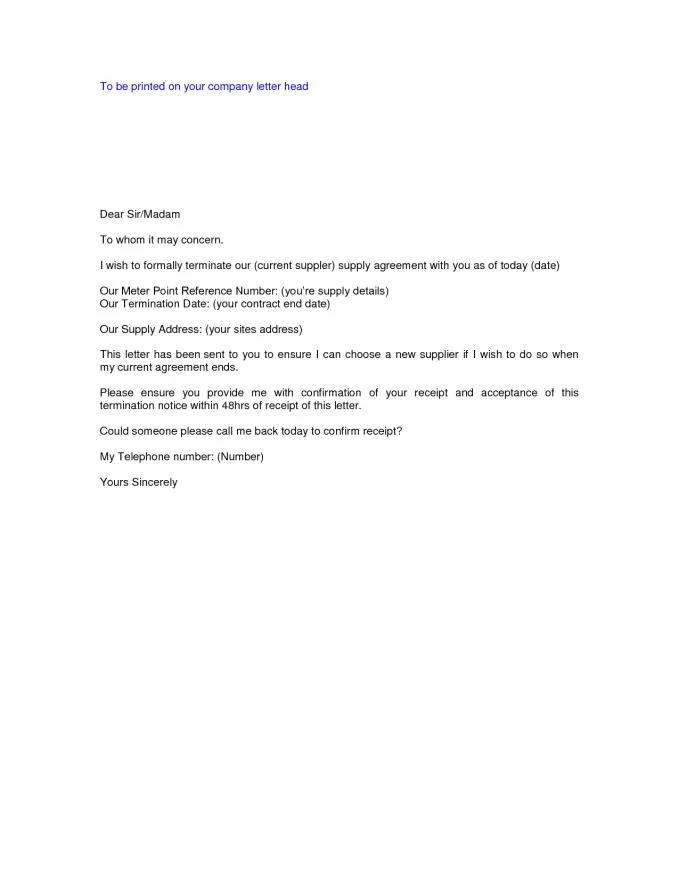
A well-structured cover letter is easy to read and understand. Use clear formatting to guide the reader. This section focuses on how to format your letter for maximum impact. Ensure the information flows logically, from your introduction to your closing. The organization of your cover letter is just as crucial as its content. A well-structured cover letter helps you make a strong case and shows your professionalism.
Formatting for Readability
Use a professional font like Arial or Times New Roman, size 11 or 12. Keep paragraphs short and to the point. Use bullet points to highlight key achievements or skills. Use white space effectively to avoid overwhelming the reader. Ensure your letter is easy on the eyes. A well-formatted letter makes it easier for the hiring manager to read and understand your message.
Cover Letter Length and Tone
Keep your cover letter concise and to the point. Aim for one page unless otherwise specified. Use a professional and enthusiastic tone. Show that you are interested in the position and the company. Avoid overly casual or informal language. Proofread your letter carefully to avoid any errors. Your tone should reflect your professionalism and your interest in the role. A well-written cover letter will leave a positive and lasting impression.
The Importance of Proofreading
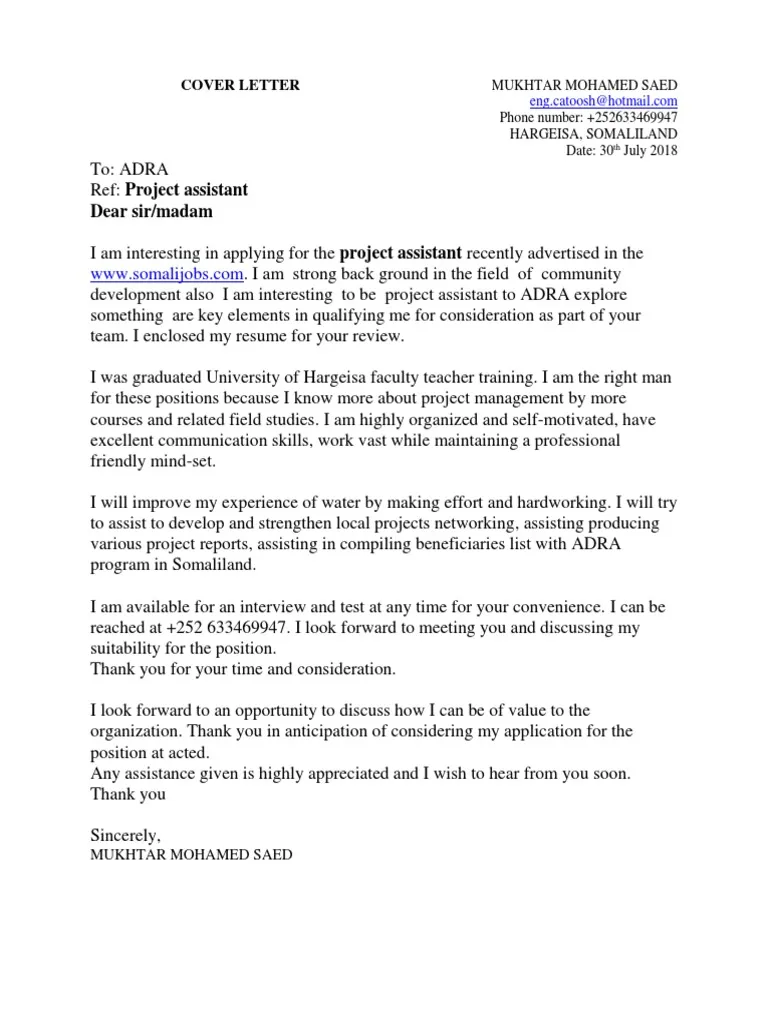
Proofreading is a crucial step in ensuring your cover letter is professional and error-free. A single typo or grammatical error can undermine your application. Always proofread your letter multiple times and consider having someone else review it as well. It’s the final step to show your attention to detail. Proofreading is a must if you want to impress the hiring manager and prove you are a serious candidate. Proper proofreading makes sure you are presenting yourself at your best.
Common Mistakes to Avoid
Avoid using clichés, overly formal language, and generic phrases. Make sure your letter is tailored to the job and company. Don’t include irrelevant information or repeat your resume verbatim. Always avoid errors such as typos, grammatical mistakes, and incorrect company names. Ensure your letter reflects your professionalism and attention to detail. A well-crafted cover letter can set you apart.
Proofreading Checklist
Check for spelling and grammatical errors. Verify the company name and job title. Review your formatting for consistency. Ensure your contact information is accurate. Ask a friend or colleague to review your letter. Using a proofreading checklist can help you catch mistakes and ensure a polished cover letter. A well-proofread cover letter will leave a lasting impression.
In conclusion, while ‘Sir or Madam’ can be used, especially when you don’t know the hiring manager’s name, it’s always better to personalize your cover letter. Take the time to find the hiring manager’s name. Tailor your cover letter to the specific job and company. Highlight your skills, experience, and achievements. Structure your letter for readability and proofread carefully. By following these steps, you can create a cover letter that stands out and increases your chances of landing an interview. Good luck in your job search!
